Tips For Storing Elephant Ear Bulbs
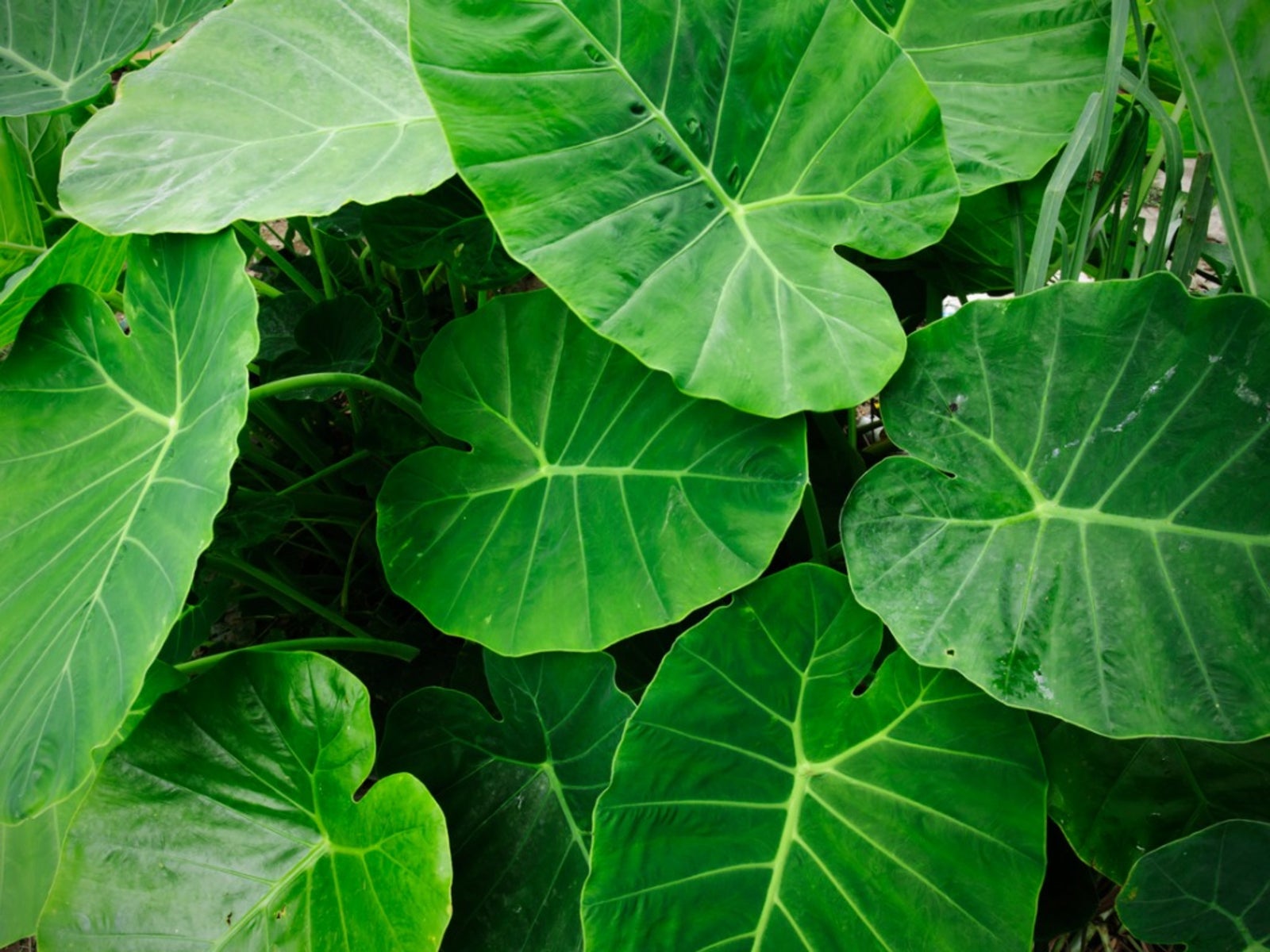

Elephant ear plants are a fun and dramatic feature to add to your garden, but just because these beautiful plants are not cold hardy does not mean you can't keep elephant ear bulbs from year to year. You can save money simply by storing elephant ear bulbs or plants for the winter. Read on to learn more about how to overwinter elephant ear bulbs and plants.
How to Overwinter Elephant Ear Plants
If you would like, elephant ear plants can be brought into the house and treated as a houseplant for the winter. If you decide to keep your elephant ear as a houseplant, it will need high light and the soil needs to stay constantly moist. You will also want to make sure that it gets plenty of humidity. In the spring, once all danger of frost has passed, you can put your elephant ear plants back outside.
How to Overwinter Elephant Ear Bulbs
While many people use the phrase "elephant ear bulbs," elephant ears actually grow from tubers. Since so many people use the incorrect term, we will use it here to avoid confusion. The first step for storing elephant ear bulbs is to dig them out of the soil. It is very important to the success of saving elephant ears for the winter that you dig the elephant ear bulbs out of the ground undamaged. Any damage to the elephant ear bulb may result in the bulb rotting over the winter. In order to keep the bulb undamaged, it is a good idea to start digging about a foot (31 cm.) away from the base of the plant and gently lift the plant and bulb. The next step for saving elephant ears is to clean the elephant ear bulbs. They can be gently rinsed, but do not scrub them. It is okay if some dirt is still on the bulb. You can also cut off any remaining foliage at this time. After you clean the elephant ear bulbs, they must be dried. Keep elephant ear bulbs in a warm (but not hot), dark place for about a week. Make sure that the area has good air circulation so that the bulbs dry properly. After this, keep elephant ear bulbs wrapped in paper and in a cool, dry place. While you are storing elephant ear bulbs, check on them every few weeks to make sure that there are no pests or rot. If you find pests, treat the bulbs with an insecticide. If you find rot, discard the damaged elephant ear bulb so that the rot does not spread to the other bulbs. NOTE: Please be aware that elephant ear bulbs and leaves contain calcium oxalate, or oxalic acid, which may cause skin irritation and burning in sensitive individuals. Always use care when handling these plants.
Gardening tips, videos, info and more delivered right to your inbox!
Sign up for the Gardening Know How newsletter today and receive a free copy of our e-book "How to Grow Delicious Tomatoes".

Heather Rhoades founded Gardening Know How in 2007. She holds degrees from Cleveland State University and Northern Kentucky University. She is an avid gardener with a passion for community, and is a recipient of the Master Gardeners of Ohio Lifetime Achievement Award.
-
 Looking For Plants To Give You The Soft And Fuzzies? Try These 5 Fuzzy Leaf Plant Options
Looking For Plants To Give You The Soft And Fuzzies? Try These 5 Fuzzy Leaf Plant OptionsLovers of texture, drama, silver foliage and tactile plants will adore these special sensory garden additions. These fuzzy leaf plant options will leave you all aglow
By Susan Albert
-
 Get Ready For A Summer Of Hummers! Grow These Full Sun Hummingbird Plants and Flowers
Get Ready For A Summer Of Hummers! Grow These Full Sun Hummingbird Plants and FlowersIf you’re lucky enough to enjoy a sunny backyard, make sure you are maxing out on your pollinator opportunities and grow these full sun hummingbird plants and flowers
By Tonya Barnett
-
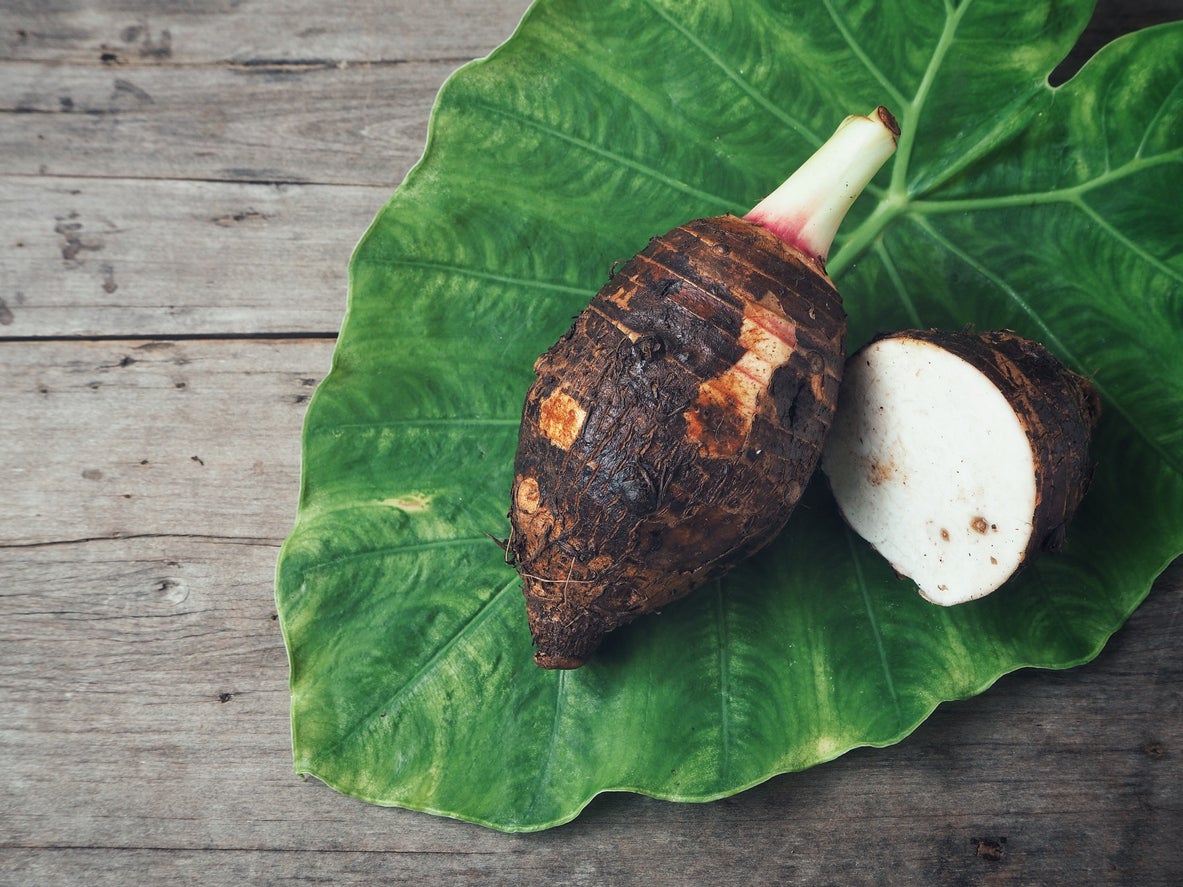 Can You Grow Taro In A Pot – Container Grown Taro Care Guide
Can You Grow Taro In A Pot – Container Grown Taro Care GuideTaro is a water plant, but you don’t need a pond or wetlands in your backyard to grow it. You can successfully grow taro in containers if you do it right. Click here and learn how to grow this plant in containers so you can enjoy the pretty tropical wherever you are.
By Mary Ellen Ellis
-
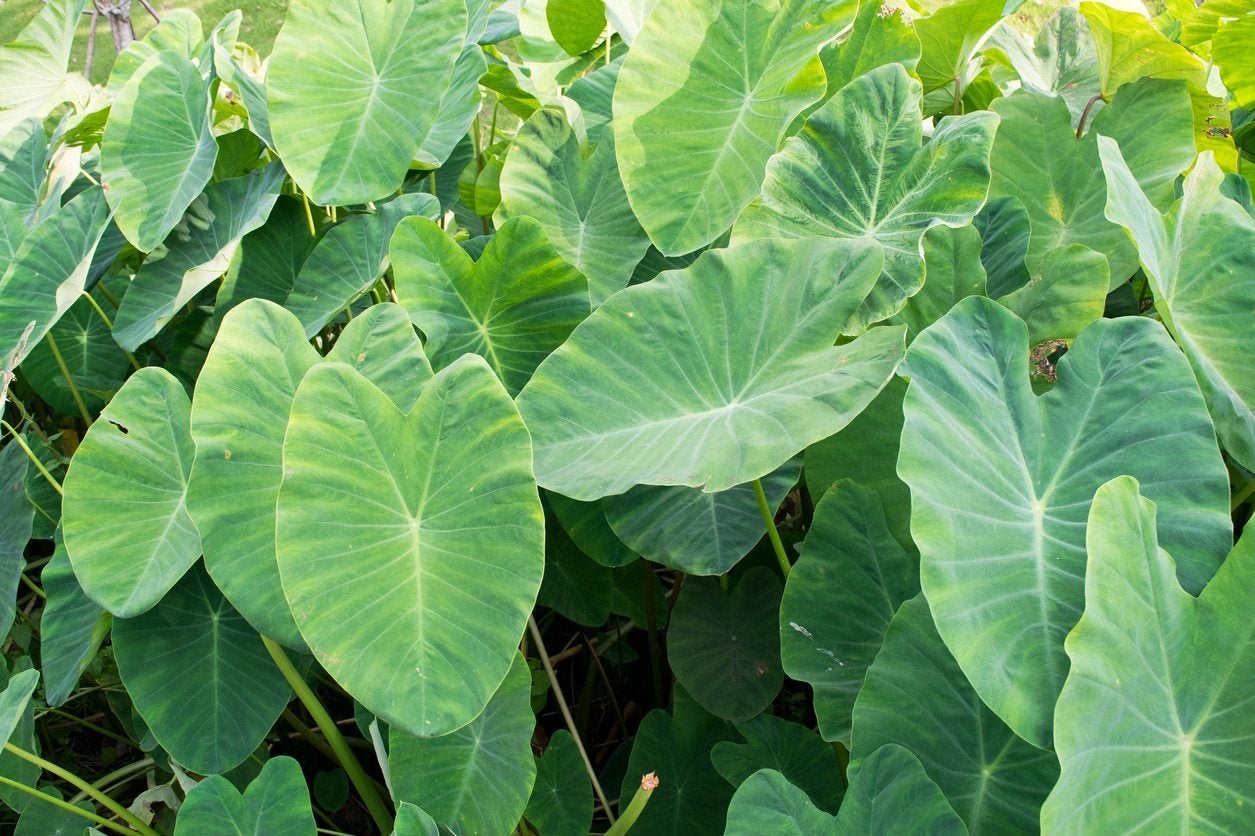 Elephant Ear Plant Disease In Gardens: How To Treat Sick Elephant Ears
Elephant Ear Plant Disease In Gardens: How To Treat Sick Elephant EarsElephant ears are often grown for their huge, robust foliage. The leaves are prone to several diseases which mar this ornamental appeal. There are also diseases that can cause crown and root rot. If your plant has disease symptoms, this article can help.
By Bonnie L. Grant
-
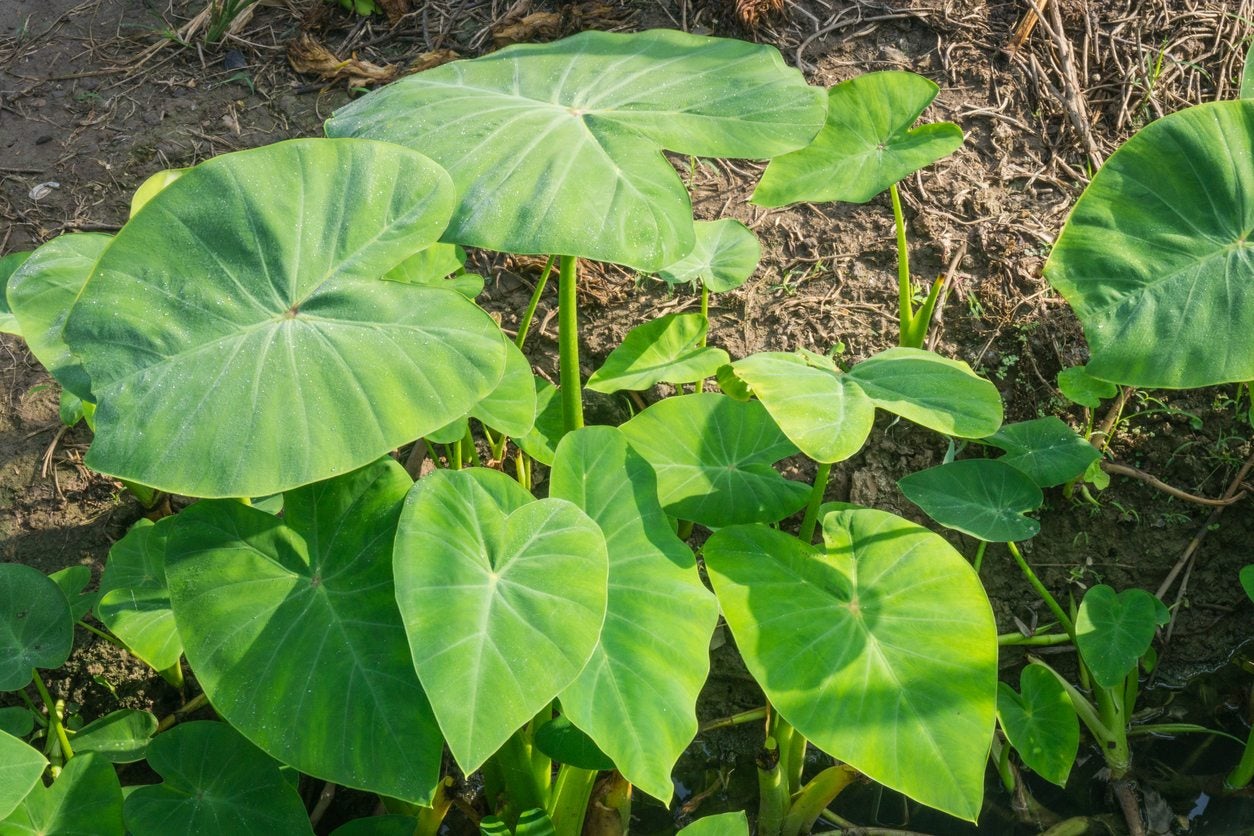 Elephant Ear Control – Ridding The Garden Of Unwanted Elephant Ear Plants
Elephant Ear Control – Ridding The Garden Of Unwanted Elephant Ear PlantsElephant ear plants are most often grown in cooler climates as an annual where they do not become a problem. However, in hot, humid, tropical locations, one little elephant ear plant can all too quickly become a mass of them. How do you get rid of elephant ears? Find out here.
By Darcy Larum
-
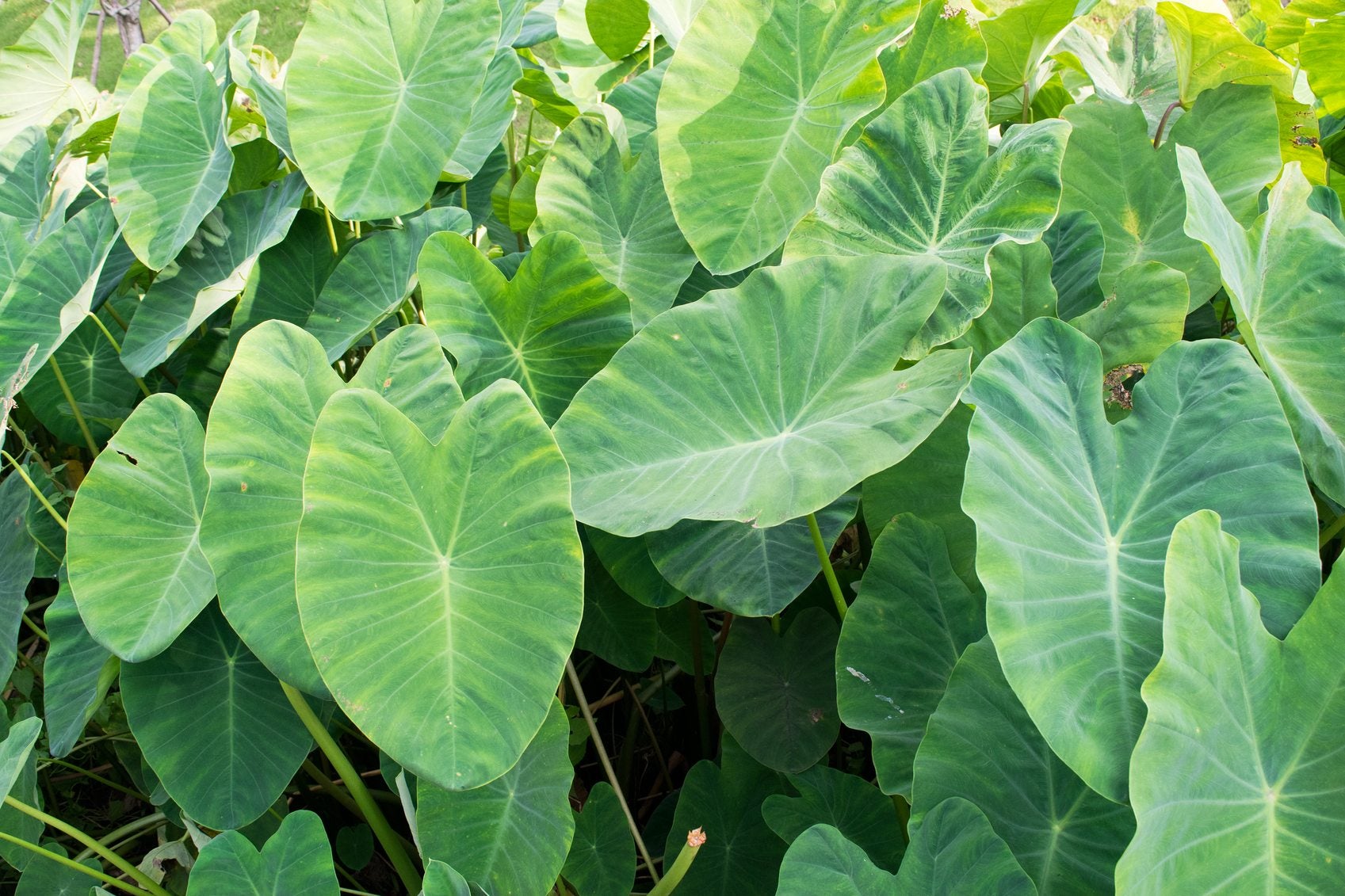 Dividing Elephant Ears: How And When To Divide Elephant Ears
Dividing Elephant Ears: How And When To Divide Elephant EarsElephant ear division is useful to prevent overcrowding, produce more plants in a different location, and enhance plant health. It is important to know when to divide elephant ears to avoid plant injury or poor performance. This article will help.
By Bonnie L. Grant
-
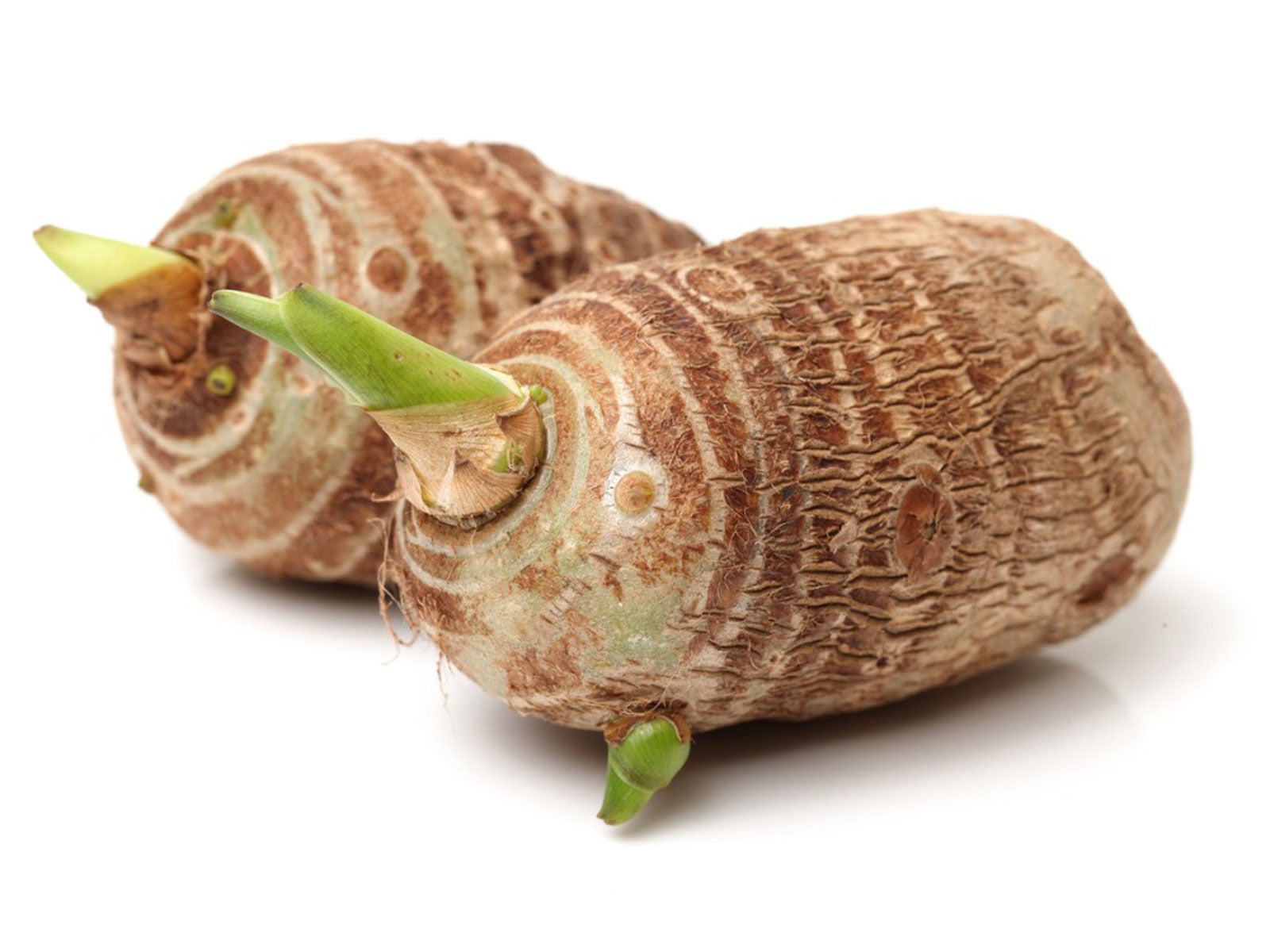 Growing Taro For Food: How To Grow And Harvest Taro Root
Growing Taro For Food: How To Grow And Harvest Taro RootAnother healthier option to the standard potato chip would be growing and harvesting your own taro roots and then turning them into chips. Want to find out how to grow and harvest taro in your own garden? This article will help get you started.
By Amy Grant
-
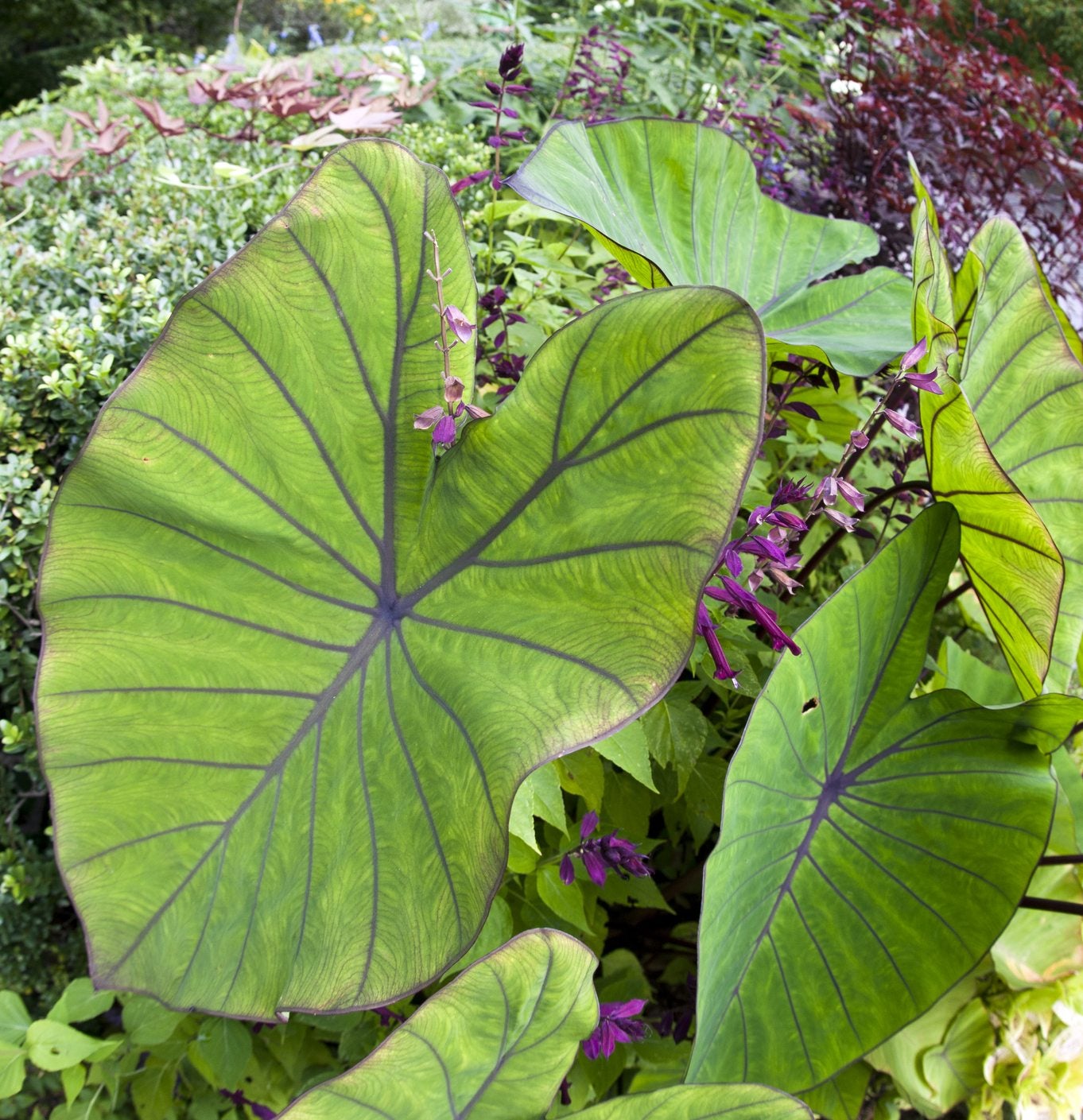 Elephant Ear Plant Types: Learn About Common Elephant Ear Plants
Elephant Ear Plant Types: Learn About Common Elephant Ear PlantsElephant ears are one of those plants whose foliage receives double takes and oohs and aahs. There are different elephant ear plants in four genera available for growing in your landscape. Learn more about them in this article.
By Bonnie L. Grant
-
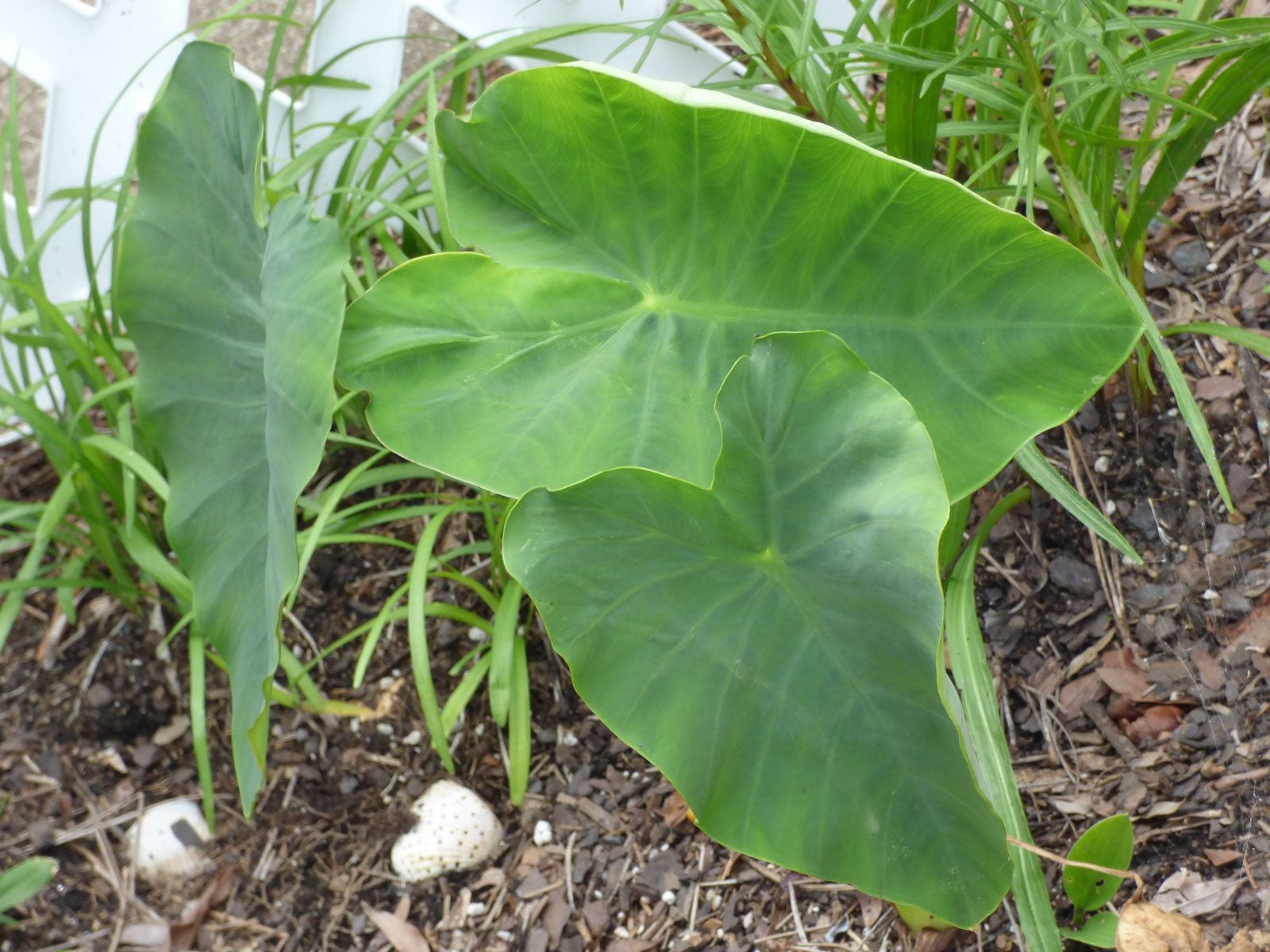 Elephant Ear Problems: What To Do With Elephant Ears Taking Over Garden
Elephant Ear Problems: What To Do With Elephant Ears Taking Over GardenDo elephant ears affect nearby plants? There are no allelopathic properties in the corms, but this can be an invasive plant and the excessive size may pose problems for species that live under the giant foliage. Learn more in this article.
By Bonnie L. Grant
-
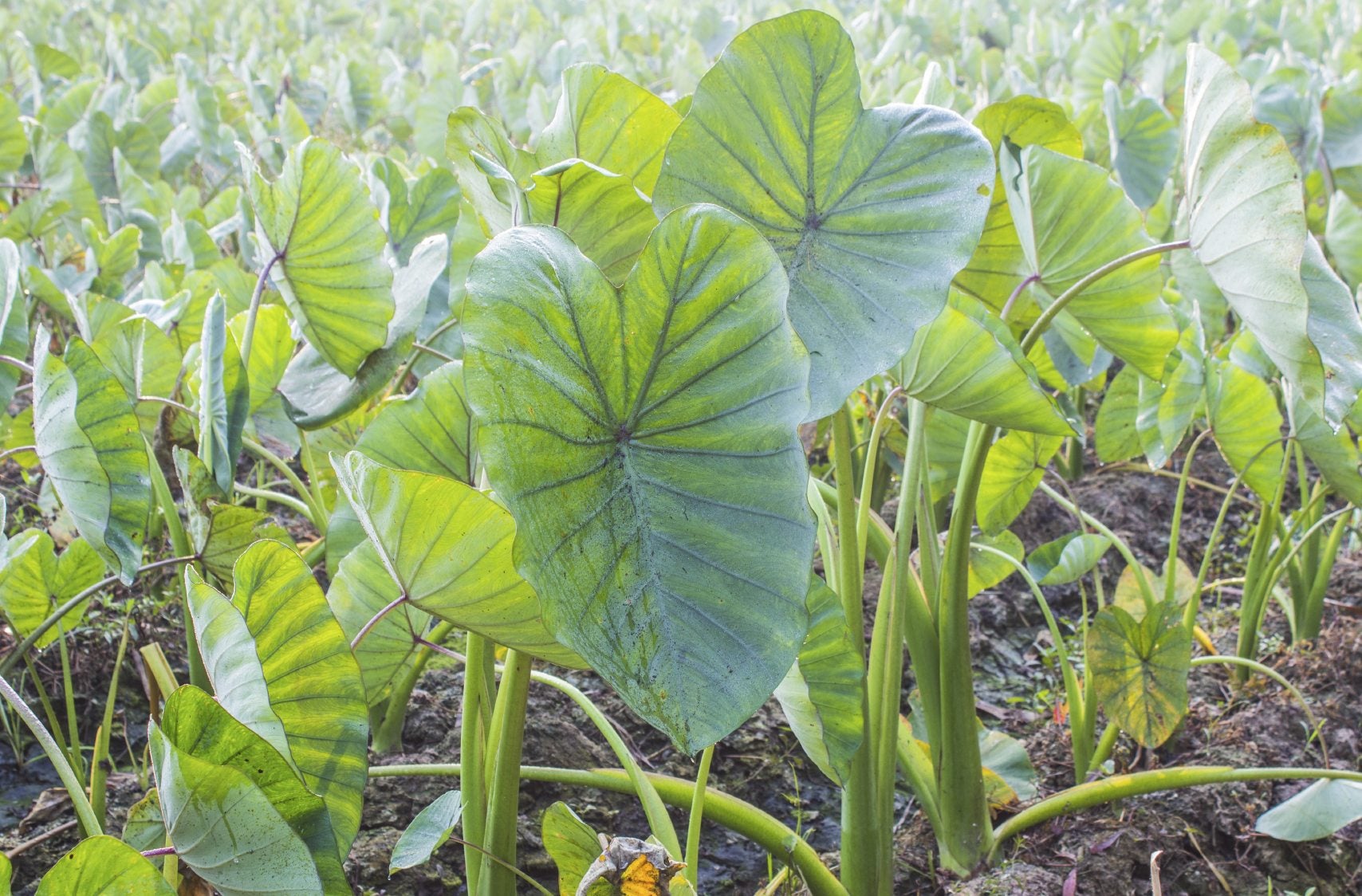 Uses Of Dasheen Plants: Learn About Growing Dasheen Taro Plants
Uses Of Dasheen Plants: Learn About Growing Dasheen Taro PlantsYou probably have already heard of dasheen, just with a different name: taro. Check out this article for interesting dasheen plant info including what is dasheen good for and how to grow dasheen. Click here for more.
By Amy Grant